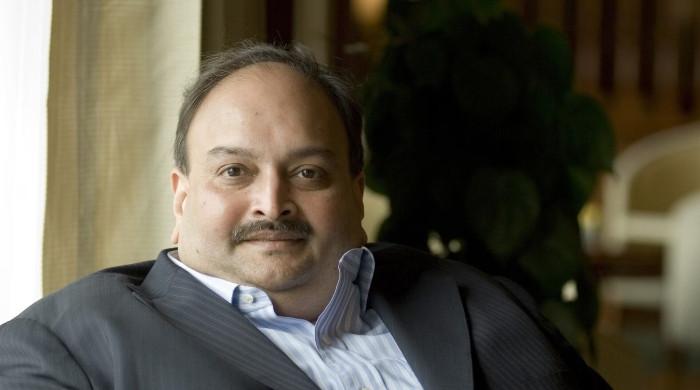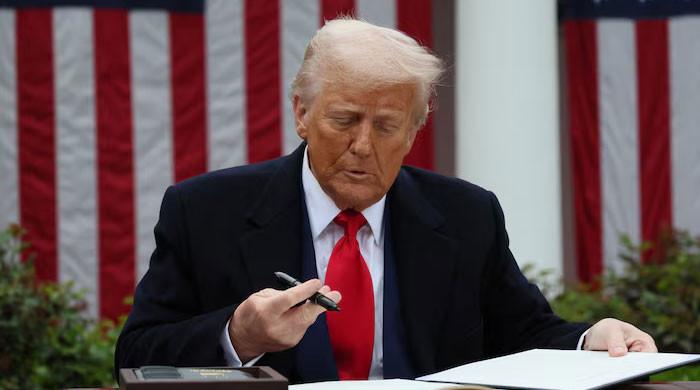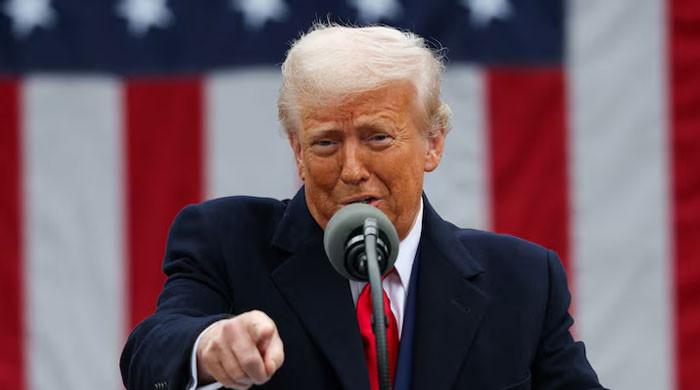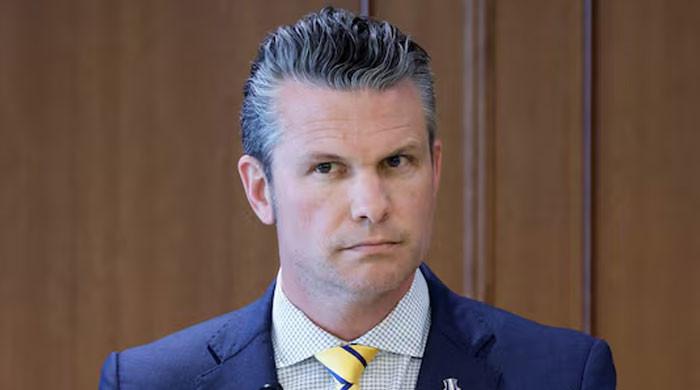Timeline: Unravelling of the Iran nuclear deal
'Iran's nuclear programme no longer faces any limitation in the operational field,' says the government
January 06, 2020
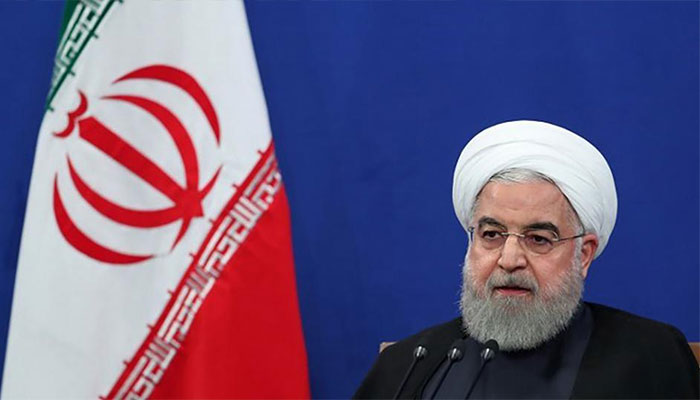
The 2015 deal with world powers to limit Iran's military nuclear development started unravelling when the United States quit in May 2018, with Iran progressively rolling back its commitments.
Here is a timeline:
US pullout
On May 8, 2018, President Donald Trump unilaterally pulled the United States out of the accord and announced the reimposition of sanctions against Iran and companies with ties to it.
"We cannot prevent an Iranian nuclear bomb under the decaying and rotten structure of the current agreement," he said.
Iran has always denied that its nuclear programme has any military dimension.
Tehran urged the remaining parties — Britain, China, France, Germany and Russia — to salvage the deal.
US sanctions
On August 7, Washington imposed sanctions targeting access to US banknotes and key industries such as cars and carpets.
New sanctions on November 5 hit Iran's vital oil sector and central bank transactions.
Read more: Defiant Trump doubles down on threat to Iran cultural sites
Major international firms halted their activities or projects in Iran.
In May 2019, Washington ended its sanctions exemptions on eight countries buying Iranian crude.
Iran starts walk-back
Iran on May 8, 2019, announced its first step back from the deal, saying it will suspend commitments on limiting the amount of heavy water and enriched uranium it possesses.
Trump announced new measures against its steel and mining sectors.
On July 1, Iran said it exceeded the 300-kilogram limit on its enriched uranium reserves.
Six days later, Iran confirmed that it had also breached the accord's uranium enrichment cap of 3.67 percent.
'Highest sanctions'
On September 4, Iranian President Hassan Rouhani lifted all limits on nuclear research and development.
Tensions soared after a wave of aerial attacks on September 14 on two major Saudi oil facilities, blamed on Tehran, however, it denied any involvement.
Read more: Trump warns Iran of 'major retaliation,' threatens sanctions on Iraq
On September 20, Trump announced new sanctions on Iran's central bank, calling them "the highest sanctions ever imposed on a country".
Iran takes more steps
On September 26, the International Atomic Energy Agency (IAEA) nuclear watchdog said that Iran had started using advanced centrifuges to enrich uranium.
On November 4, Tehran said that its enrichment had reached five kilograms per day, more than a tenfold increase, and announced that it had developed two new advanced centrifuges.
It came after the expiry of a Tehran deadline for the remaining parties to the deal, to create a mechanism for foreign firms to continuing doing business in Iran.
On November 7, Iran resumed uranium enrichment at its underground Fordo plant — its fourth walkback from the accord.
On the 18th, it said Iranian heavy water reserves had passed the limit fixed by the accord.
Concern mounts
On November 27, France raised the possibility of triggering a dispute mechanism in the deal that could lead to the reimposition of United Nations (UN) sanctions against Iran.
On December 5, Britain, France and Germany accused Iran, in a letter to the UN, of developing nuclear-capable ballistic missiles.
Read more: Iran says to forego 'limit' on nuclear enrichment centrifuges
Iranian Foreign Minister Mohammad Javad Zarif then dismissed the charge as "a desperate falsehood".
'Fifth phase'
On January 5, 2020, Iran announced its fifth step back from the deal, saying it will forgo a "limit on the number of centrifuges" while stressing that it will continue cooperation with the IAEA.
The announcement came after a US drone strike killed a top Iranian military commander Qasem Soleimani in Iraq, sparking fury in Iran.
"Iran's nuclear programme no longer faces any limitation in the operational field," it said.
Related:
Iran condemns Trump as 'terrorist in a suit' after attack threat






